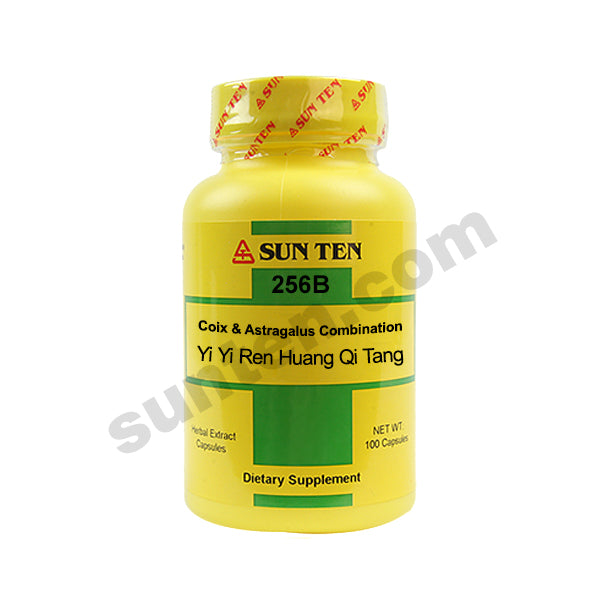Yi Yi Ren Huang Qi Tang (Fang Ji Huang Qi Tang)
Coix & Astragalus Combination Capsules | 薏苡仁黃耆湯(防己黃耆湯)
Practitioners: Please LOGIN to view the wholesale price. This item can only be purchased by a licensed practitioner. Find a practitioner
✅ Vegetable Capsule
Ingredients: Coix lachryma jobi seed (yi yi ren), Atractylodes root (bai zhu), Jujube fruit (da zao), Astragalus root (huang qi), Chinese licorice root (gan cao), Ginger root.
| Mandarin: 防己黃耆湯 Pin-Yin: Yi Yi Ren Huang Qi Tang (Fang Ji Huang Qi Tang) English: Coix & Astragalus Combination Romaji: Boi Ogi To Kanji: 防已黄耆湯 Kampo: Yes |

